Aviation Week Announces 2022 Laureate Award Winners
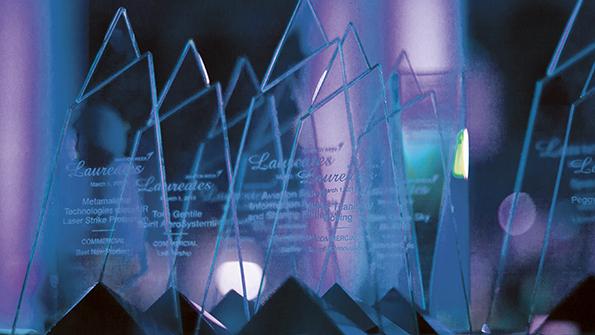
Continuing a 65-year tradition of honoring innovators, extraordinary achievements and exemplary leadership in the aerospace, defense and aviation industries, Aviation Week’s editors announce the winners of the 2022 Laureate Awards. This year’s awards honor 18 individuals, companies and programs in four categories—Commercial Aviation, Space, Defense and Business Aviation—as well as Lifetime Achievement Awards for two exceptional industry leaders.
The 65th annual Laureate Awards will be presented at a black-tie gala at the National Building Museum in Washington on Nov. 3. That evening, editors will reveal four Grand Laureates selected from the winners in each primary category.
For more information on attending this year’s Laureate Awards Gala and a list of past winners dating back to 1957, go to AviationWeek.com/laureates.
Commercial Aviation
Airbus Fello’fly
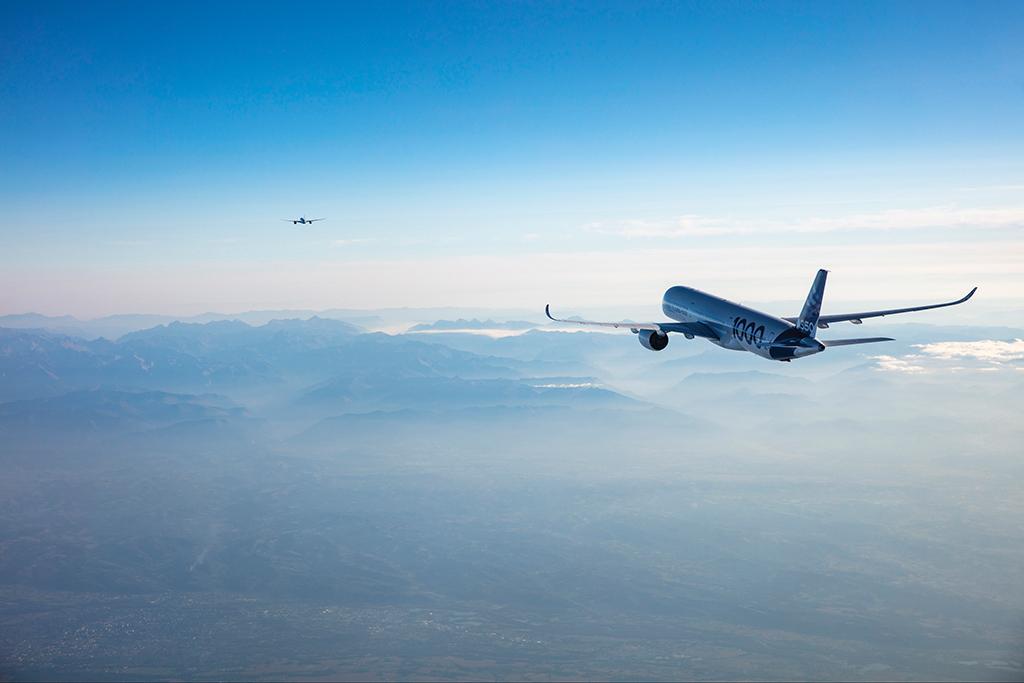
On Nov. 9, 2021, two Airbus A350s took off for an unusual flight from Toulouse to Montreal, crossing the Atlantic 3 km (1.6 nm) apart in a formation inspired by migrating birds. Riding the lead aircraft’s wake, the following A350 used 5% less fuel during the flight, culminating Airbus’ Fello’fly project to demonstrate the emission-reduction potential of long-distance formation flying.
Air France-KLM for Sustainability Efforts

To reduce its environmental footprint, airline group Air France-KLM is promoting sustainability goals that go beyond what many competing legacy carriers are willing to adopt, committing not only to relative emissions targets per passenger kilometer but also to absolute volumes that will force it to invest in new technology and cut services that are no longer justifiable.
Spirit AeroSystems

When many other aerospace and defense suppliers retrenched during the COVID-19 pandemic, Spirit AeroSystems jumped at the chance to reinvent itself. The company quickly implemented changes under consideration for years, turning its 20th-century factories into digitally driven lean manufacturing centers. The innovations should position Spirit to ride the resurgence of Airbus and Boeing narrowbody output.
Steve Dickson for Leadership
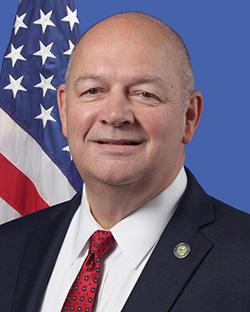
Steve Dickson, FAA administrator from August 2019 to March 2022, resurrected the U.S. regulator’s position as an independent entity in the aftermath of the Boeing 737 MAX crisis. The FAA had delegated too much authority in aircraft certification, and Dickson, a former Delta Air Lines captain, put his weight behind often difficult decisions required to return the MAX to service.
Transport & Environment
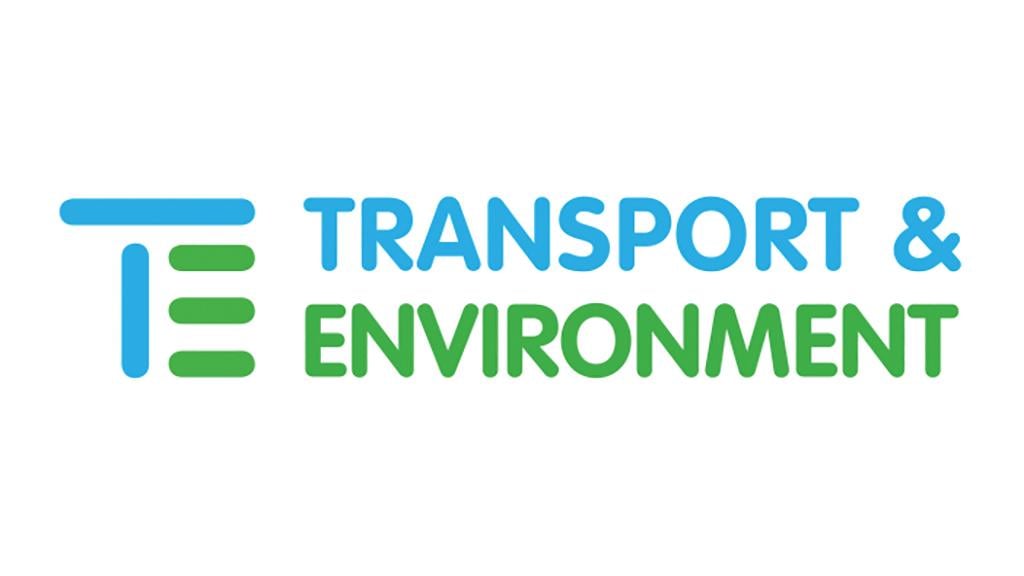
Transport & Environment (T&E) is the most influential nongovernment organization in Brussels dealing with the aviation sector. An outspoken critic of the industry, T&E contends that shortfalls should be highlighted but assessments should be constructive and fair. T&E has become an important positive factor in driving needed change toward more sustainable flying.
Defense
Autonomous Black Hawk, DARPA and Sikorsky
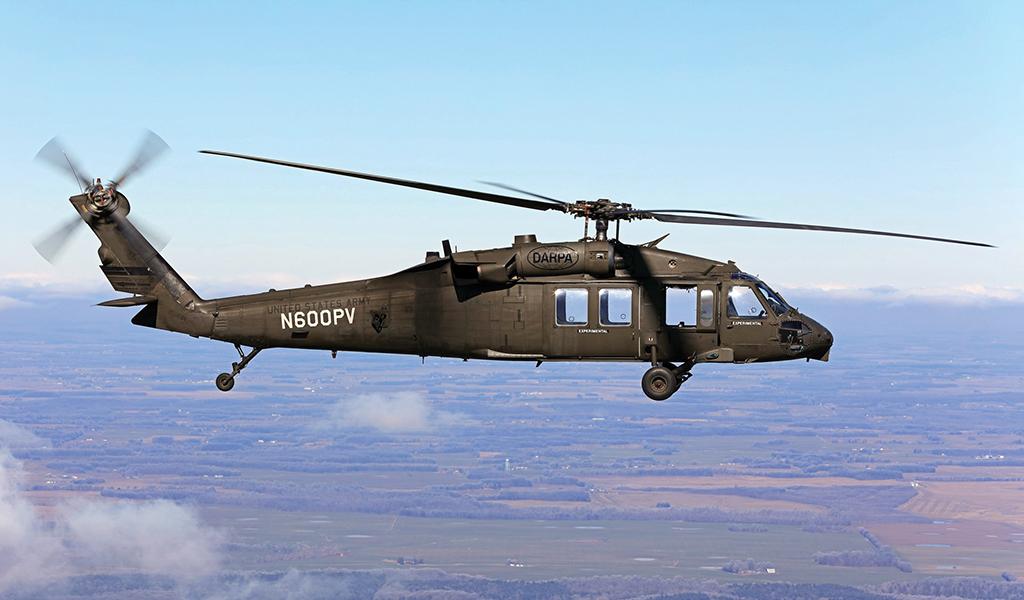
DARPA and Sikorsky conducted the first fully autonomous flights of a UH-60 Black Hawk with no crew aboard the helicopter. On Feb. 5, the crew landed the helicopter, switched to autonomy, stepped out, and the uninhabited Black Hawk performed a 30-min. preplanned mission using Sikorsky’s Matrix autonomy system to navigate a simulated urban environment.
Afghan Airlift, Air Mobility Command

U.S. Air Force Air Mobility Command led the evacuation of 120,000 people from Afghanistan during a chaotic three-week withdrawal in August and September 2021. It is considered the largest noncombatant military airlift in history: The operation carried 21,000 evacuees in one day at its peak. Aircraft from more than 30 nations joined the effort, as did the U.S. Civil Reserve Air Fleet.
Vanilla Unmanned, Platform Aerospace

The Vanilla Unmanned prototype set a world record for unrefueled, internal-combustion endurance of an uncrewed aircraft with an 8-day, 50-min., 47-sec. flight. Developed with the U.S. Air Force 412th Test Wing’s Emerging Technologies Combined Test Force, the Group 3 UAS completed a 12,200-mi. flight over Edwards AFB, California, carrying a communications relay system.
KF-21, Korean Aerospace Industries

On July 19, 2022, South Korea’s indigenously developed KF-21 Boramae made its 43-min. first flight, bringing a new class of 4.5-generation fighter to the global marketplace. Local industry, barred from access to key U.S. technologies, has developed its own electronics for the aircraft, including its active array radar and infrared search-and-track system.
Derek Tournear, Director of the Space Development Agency
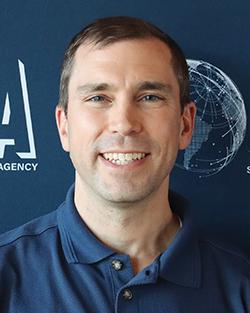
Derek Tournear achieved the near impossible. He took over the Space Development Agency (SDA) in 2019, solidified its vision for an ever-updating constellation of communication, tracking and targeting satellites, and put demonstrations on contract. SDA’s early demonstrations were in orbit by 2021, placing the agency’s vision on a path to success.
Space
James Webb Space Telescope, NASA-Northrop Grumman

After 25 years of development, the James Webb Space Telescope finally launched into space, unfolded into place and, in July 2022, started sending back full-color images and spectroscopic data about the infrared universe. It is delivering the deepest images of the universe ever captured and peering into the atmosphere of exoplanets.
Russia-Ukraine War Imagery, Maxar Technologies

In August 2021, months before Russian tanks rolled into Ukraine, Maxar Technologies released satellite imagery showing the buildup of forces, providing evidence to counter Russia’s claims that it had no plans to invade. Throughout the war, Maxar, allied governments and scores of other commercial space companies have shared data to assist Ukraine and reveal war crimes and human rights violations.
Peter Beck, Rocket Lab

Peter Beck is not afraid to eat his hat if that is what it takes to adapt and grow Rocket Lab, the space launch and services company he founded in 2006. Rocket Lab’s Electron rocket is now the second most frequently launched rocket in the West, and the company is expanding its operations with the medium-lift Neutron rocket, new launch sites, satellite manufacturing and responsive space services.
Kerry Buckley, Mitre Corp.

Kerry Buckley led the team that created a space risk registry and management system. Simulating the increasingly crowded environment between the ground and outer space, this system calculates the risk to space operators, indicates where government regulation will provide benefit and pinpoints where industry could develop best practices without waiting for government.
Business Aviation
4AIR for Business Aviation Sustainability

4AIR has developed a framework based on four increasingly progressive levels of action that private aviation owners, operators and users can adopt to create a tailored sustainability program. Each level comes with a rating that simplifies the complexities and standardizes comparability so all industry participants can aim for the same sustainability goals.
RedTail Flight Academy
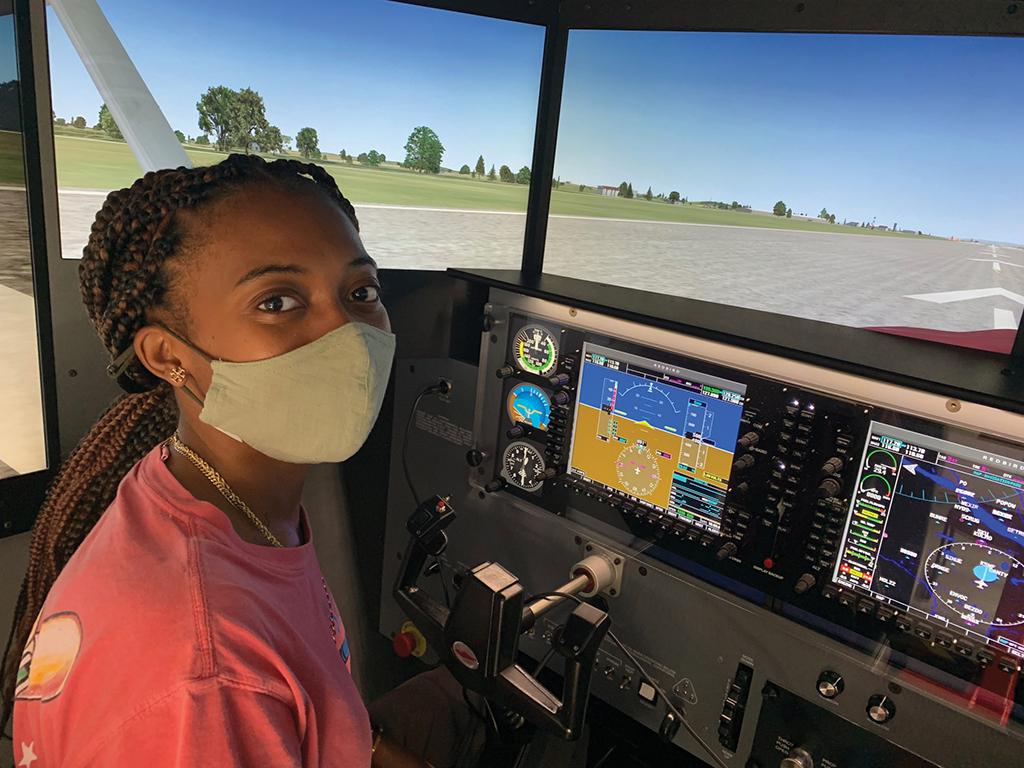
The RedTail Flight Academy, a Tuskegee Airmen-inspired program at Stewart International Airport, New York, launched in September 2021 to enable pilot careers for underrepresented people of color and graduated its first cohort in May 2022. Thousands of volunteer hours from local chapter members developed this program that serves as a blueprint for future Tuskegee Airmen regional flight academies.
Signature Flight Support SAF Utilization

Signature Flight Support became the first fixed-base operator worldwide to offer permanent supplies of sustainable aviation fuel (SAF) at locations throughout its network. In addition, the Signature Renew Book & Claim program allows private aviation operators to purchase the CO2 reduction of SAF at any airport and receive a report verifying the accredited carbon reduction.
Textron Aviation Cessna 408 SkyCourier
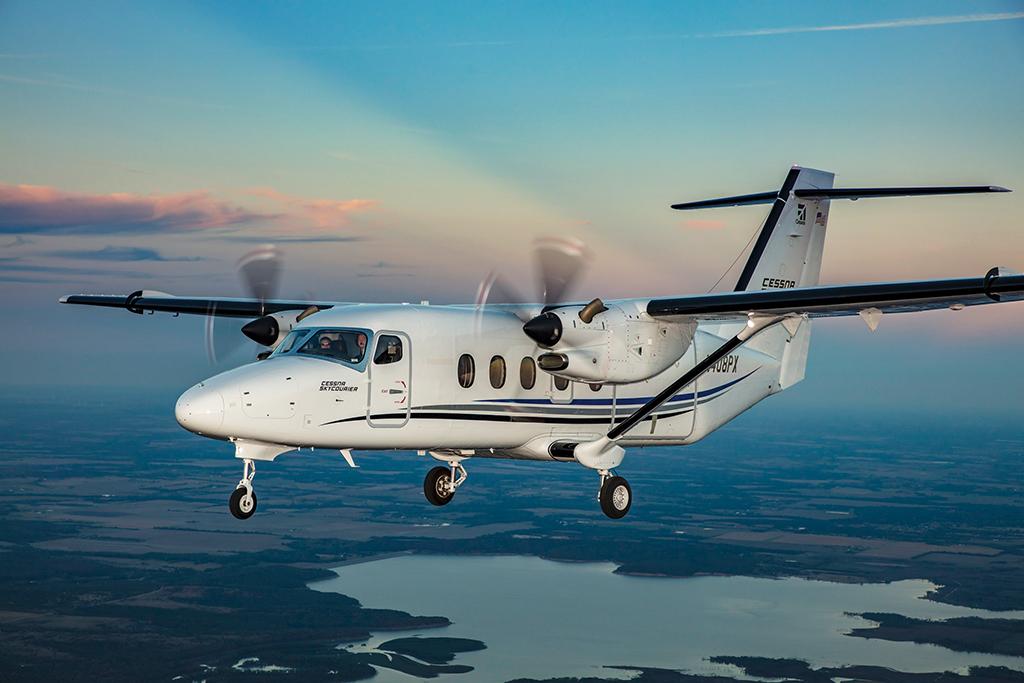
In 2017, Textron Aviation bet that a boom in online commerce and package deliveries would bring demand for a new twin turboprop, the first clean-sheet aircraft in this segment in years. The SkyCourier was designed with input from FedEx Express, which became its launch customer and began taking deliveries in May 2022 following FAA certification.
VRM Switzerland

VRM Switzerland’s virtual reality (VR) simulator creates a full-immersion training environment for helicopter pilots to learn high-risk maneuvers, such as slope landing, hovering, tail-rotor transmission failure and autorotation to a full touchdown. The system’s VR headset eliminates the domes, projectors and screens of standard flight-training devices.
Philip J. Klass Lifetime Achievement Award
Steven F. Udvar-Hazy
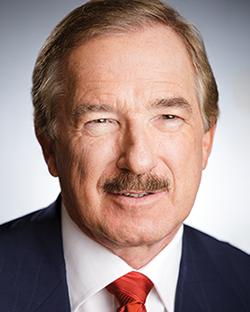
Steven F. Udvar-Hazy is the founding father of a leasing sector that today owns more than half of the global commercial aircraft fleet. Having immigrated to the U.S. from Hungary in the 1950s, he graduated from the University of California and set up his own airline consulting business before creating International Lease Finance Corp. (ILFC) in 1973. ILFC, which is now part of AerCap, became one of the dominant forces in global aviation, making Hazy a powerful voice even when it came to the design of new aircraft such as the Airbus A350. After leaving ILFC in 2010, he set up Air Lease Corp., another highly successful venture in the sector. Hazy is also known for his support of the U.S. National Air and Space Museum. He also donated $66 million to the Smithsonian Institution to build what is now the Steven F. Udvar-Hazy Center at Washington Dulles International Airport.
Marc Parent

Since becoming president and CEO of CAE in 2009, Marc Parent has led the Canadian company’s growth from a simulation products supplier to the largest provider of civil aviation training services and a global leader in mission support for defense forces. Born in Quebec, he began his career at Canadair on the Challenger business jet and later became Bombardier vice president of Challenger and CRJ programs before joining CAE in 2005. Under Parent’s leadership, CAE adapted rapidly to help its airline customers ensure that thousands of pilots were ready for the post-pandemic recovery in air travel. Now he is leading the company toward the future with a C$1 billion ($771 million) investment in innovation, including the use of artificial intelligence and neuroscience, supporting the large influx of new pilots needed over the next decade.




